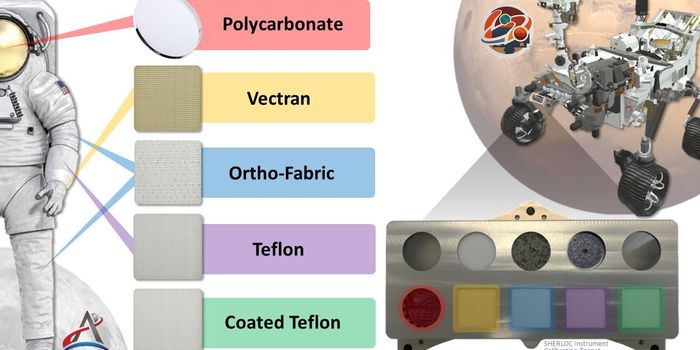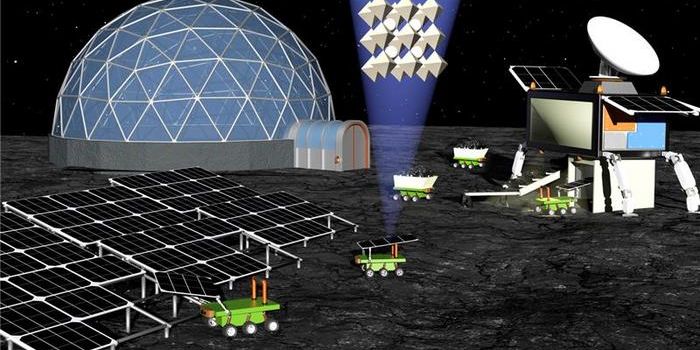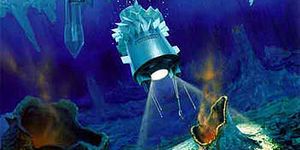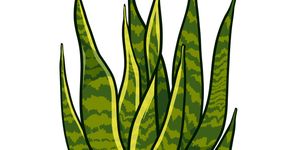James Webb Space Telescope Uncovers Six Likely Rogue Worlds with Dusty Disks
What can rogue planets teach us about the formation and evolution of stars and planets? This is what a recent study published in The Astronomical Journal hopes to address as an international team of researchers investigated NGC 1333, which is a star-forming cluster located just under 1,000 light-years from Earth. This study holds the potential to help scientists better understand the formation and evolution of stars and planets while challenging previous hypotheses about these processes.
“We are probing the very limits of the star forming process,” said Dr. Adam Langeveld, who is an assistant research scientist at Johns Hopkins University and lead author of the study. “If you have an object that looks like a young Jupiter, is it possible that it could have become a star under the right conditions? This is important context for understanding both star and planet formation.”
For the study, the researchers used NASA’s James Webb Space Telescope to observe brown dwarfs that comprise NGC 1333 in hopes of learning more about how stars form. in the end, the researchers discovered six new rogue planet candidates—officially called free-floating planetary-mass objects (FFPMOs)—with masses ranging between 5-10 Jupiters and that exhibit dusty disks orbiting them. This indicates they are some of the smallest objects formed from processes that are traditionally responsible for creating stars and brown dwarfs, the latter of which never reach appropriate sizes to produce nuclear fusion in their cores.
“Those tiny objects with masses comparable to giant planets may themselves be able to form their own planets,” said Dr. Aleks Scholz, who is an astrophysicist at the University of St. Andrews and a co-author on the study. “This might be a nursery of a miniature planetary system, on a scale much smaller than our solar system.”
Going forward, the team aspires to conduct further analyses of these unique worlds, specifically regarding their atmospheres, and compare them to known brown dwarfs and other gas giants with heavier masses.
What new discoveries will researchers make about rogue planets in the coming years and decades? Only time will tell, and this is why we science!
As always, keep doing science & keep looking up!
Sources: arXiv, EurekAlert!








